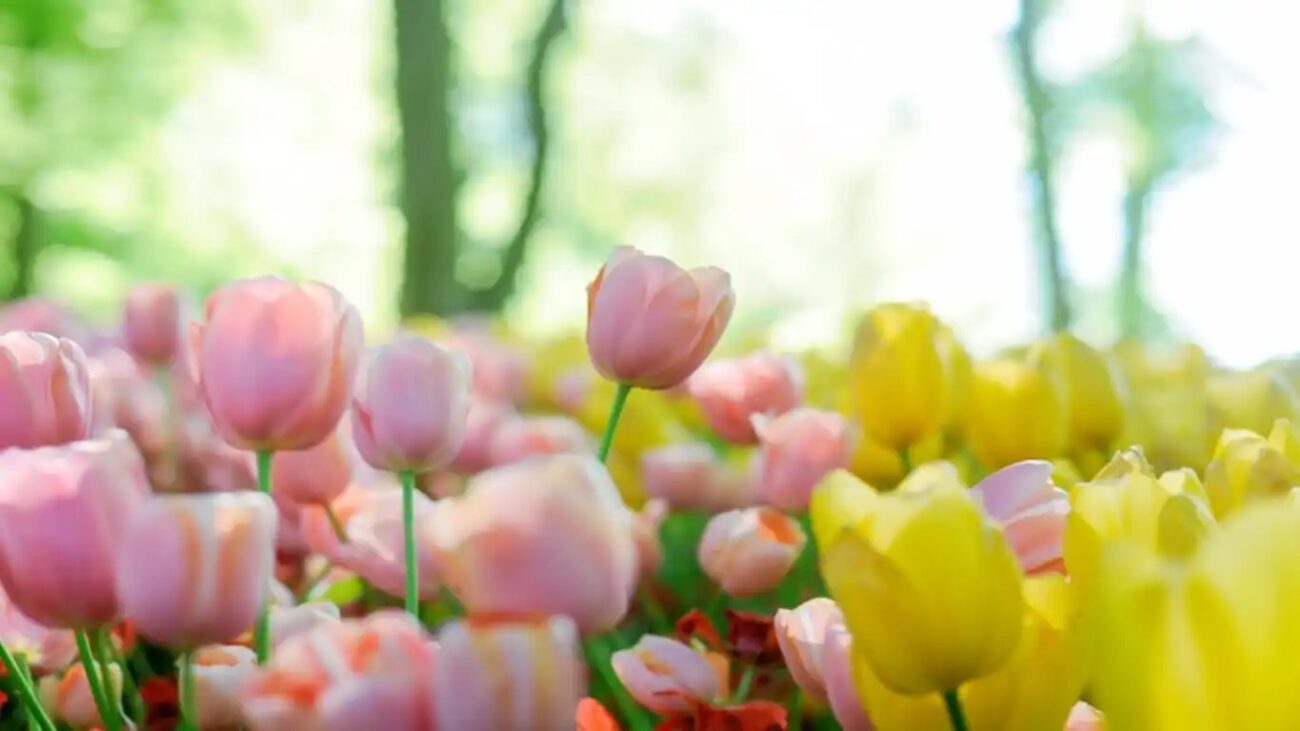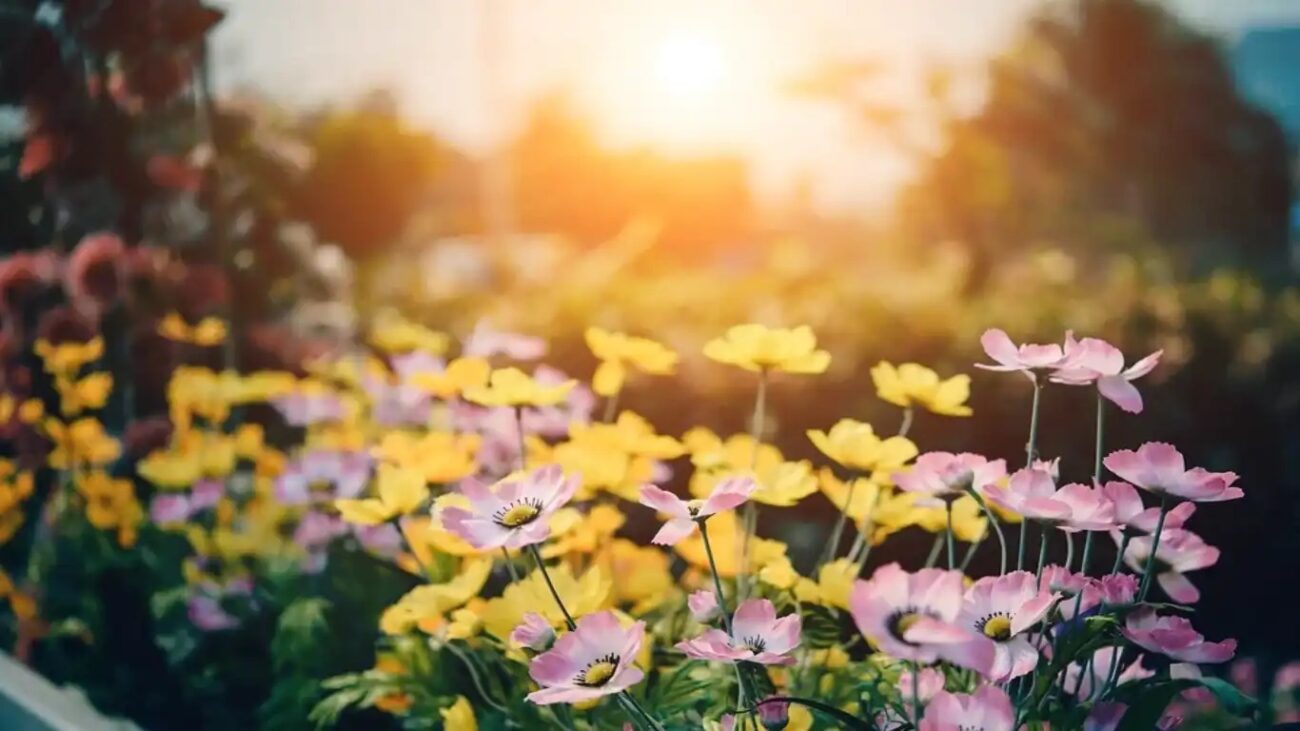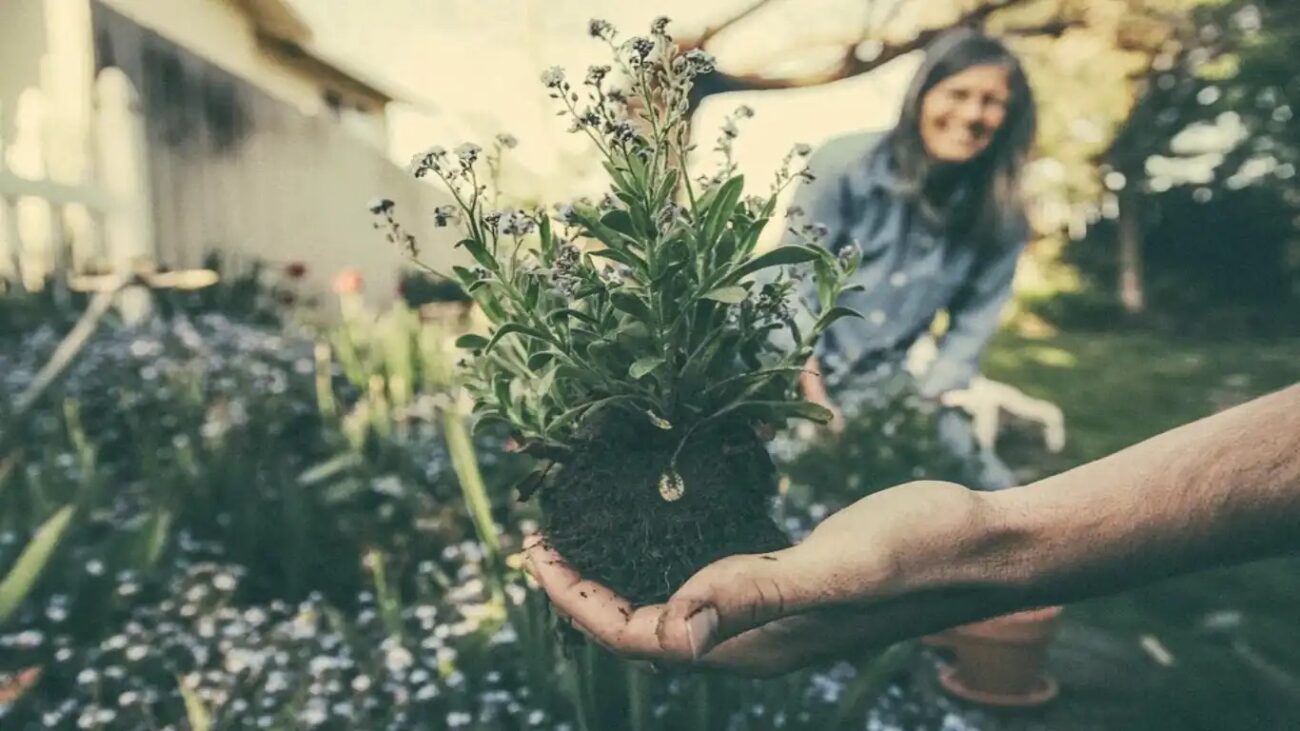
When most people think of bulbs they often think of daffodils or other similar flowers. However, the bulbous variety of flowers goes well beyond that. While tulips, hyacinths and snowdrops also belong with the ‘true’ bulb family, there are many flowers that have corms, rhizomes or tubers. These include agapanthus and hippeastrums, dahlias, cannas and other lilies, irises, begonias, anemones and amaryllis, to name just a few.
Not only do bulbs do the work of reproducing the plant, they store food for those months when the leaves die and the plant is dormant. Thus, when the conditions are right the new plant has all it needs to thrust new shoots up into the sunlight. Most bulbs need moist, rich, free draining soil and a sunny position to grow happily. Many flowers in the spring, but such is their diversity, it is possible to have bulbs flowering in every month of the year.
To grow bulbs such as tulips in a temperate region, keep them in the refrigerator for four to eight weeks before planting out at the coldest time of year. In cold areas, plant in late autumn. Tulips like warm, dry summers alkaline soil. They may be affected by aphids, or a fungal condition called ‘tulip fire’ if there is too much moisture about. Their vibrant colors make them well worth a place in the garden.
Bulbs will usually do well if their natural habitat is approximated in the garden. For instance, daffodils are meadow flowers, so like plenty of sun. They will naturalize successfully in the lawn and flower early before the grass becomes too competitive. It’s best not to mow for at least six weeks after the flowers die, because the leaves provide food to the bulb for next years’ growth.
Woodland bulbs like bluebells and snowdrops will do better in a semi-shaded or a dappled sun position. They do well under deciduous trees. Spring-flowering bulbs may be planted near a well-used path or where they can be seen from a window to save trekking over soggy lawns to admire them.
Most bulbs can be grown successfully in containers, but need at least four inches ((10 cm)) of soil below them and 2-4 inches (5-10 cm) above. It’s a good idea to plant bulbs in a pot and bury it in the garden to prevent them from being accidentally hoed during a weeding session. If you have trouble with rodents eating your bulbs, plant them inside a wire cage buried in the garden.
Many bulbous varieties grow easily and are quite tolerant. Do your research, however. Some of the more unusual ones can be found via mail order or on the internet, so take the time to look for them. You’ll be pleased with the result.
Download Your Exclusive and Limited Time E-Book Today: You can only get it Free when you subscribe below.
7 Steps To Turn You Passion Into An Online Business
The point of discovering your passion and using it in building your online business is so that you are excited and motivated by what you do every day—even when the going gets tough. You don’t need to be an expert on a topic to provide value, this is a misconception, because what you don’t realize is how much you know compared to the next person who could really use your help!
A powerful report that will help you build your list and ultimately drive sales to the products that you want to promote.
You will learn:
- Discover Your Passion.
- Determining Market Fit and Potential.
- Creating Avatar.
- Building a Following.
- Building a List of Prospecting Buyers.
- Monetizing Your Audience.
- Scaling Your Profits.
Join The Fully Upgraded ClickBank University 2.0, and follow in the Exact Footsteps of PROVEN 7 and 8-Figure ClickBank Winners.
It is critical to your success to learn what’s working now, and from people that are doing it every single day. ClickBank University 2.0 delivers the latest up to date strategies, methods and tactics for you build your ClickBank business rapidly.
You can learn how to make money creating your own products and promote them on ClickBank. And also promoting other people’s products and an affiliate.
Both can be a great way to have your own online business, and they both can be equally lucrative…









